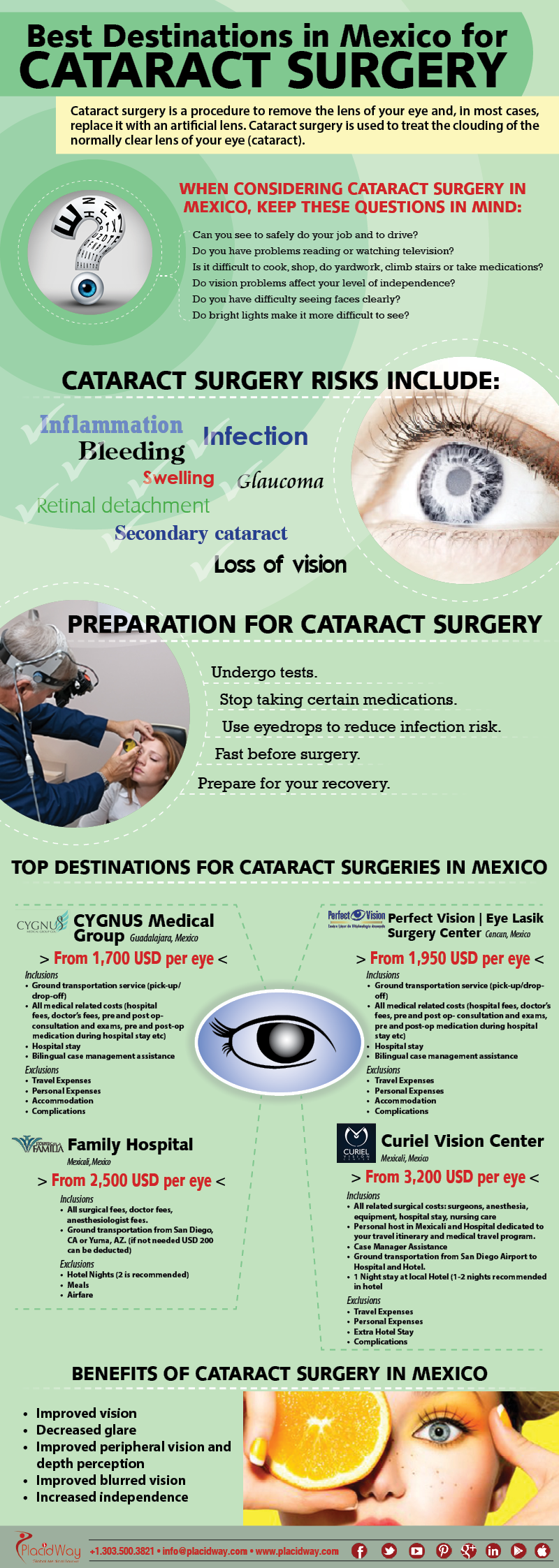What Are The Differences And Resemblances Between SMILE Eye Surgical Procedure And LASIK And PRK?
What Are The Differences And Resemblances Between SMILE Eye Surgical Procedure And LASIK And PRK?
Blog Article
Short Article Created By-Weber Kerr
If you've been considering SMILE eye surgical procedure, you might ask yourself how it stacks up against LASIK and PRK. Each procedure has its own collection of benefits and factors to consider. From quicker recovery times to possible threats, there are key differences you should recognize prior to deciding. Understanding these differences will certainly assist you make an educated option that lines up with your details requirements and expectations. Curious to know even more regarding exactly how these procedures contrast in detail? Keep exploring to gain a comprehensive understanding of SMILE, LASIK, and PRK.
SMILE Eye Surgical Procedure Overview
If you're taking into consideration SMILE eye surgery, you'll discover it to be a minimally invasive treatment with a fast recovery time. During SMILE (Small Laceration Lenticule Extraction), a laser is used to develop a tiny, accurate laceration in the cornea to get rid of a small item of tissue, improving it to remedy your vision. This differs from LASIK, where a flap is created, and PRK, where the outer layer of the cornea is completely removed.
Among the vital benefits of SMILE is its minimally intrusive nature, causing a faster healing process and much less pain post-surgery. The recovery time for SMILE is fairly fast, with several individuals experiencing improved vision within a day or two. This makes it a prominent selection for those looking for a practical and reliable vision modification treatment. In LASIK Consultation Cost , SMILE has actually been revealed to have a reduced risk of dry eye syndrome contrasted to LASIK, making it a desirable choice for individuals concerned about this potential adverse effects.
Differences In Between SMILE, LASIK, and PRK
When comparing SMILE, LASIK, and PRK eye surgeries, it is essential to understand the distinct techniques made use of in each procedure for vision adjustment.
cataract surgery at 40 (Little Cut Lenticule Extraction) is a minimally intrusive procedure that entails creating a little laceration to extract a lenticule from the cornea, reshaping it to fix vision.
LASIK (Laser-Assisted Sitting Keratomileusis) includes creating a thin flap on the cornea, utilizing a laser to improve the underlying tissue, and then repositioning the flap.
PRK (Photorefractive Keratectomy) removes the outer layer of the cornea before reshaping the tissue with a laser.
The main distinction depends on the method the cornea is accessed and treated. SMILE is flapless, making it a good choice for individuals with thin corneas or those involved in call sporting activities. LASIK provides fast aesthetic recovery as a result of the flap creation, however it may posture a greater risk of flap-related problems. PRK, although having a much longer healing duration, prevents flap-related concerns completely.
Comprehending these differences is critical in choosing one of the most appropriate procedure for your vision modification demands.
Benefits And Drawbacks Contrast
To assess the advantages and disadvantages of SMILE, LASIK, and PRK eye surgical treatments, it's necessary to take into consideration the details advantages and potential limitations of each treatment. click this supplies the advantage of a minimally invasive procedure, with a smaller laceration and potentially quicker healing time compared to LASIK and PRK. It also decreases the threat of completely dry eye post-surgery, a common negative effects of LASIK. Nonetheless, SMILE might have limitations in treating greater degrees of nearsightedness or astigmatism compared to LASIK.
LASIK surgical treatment supplies fast aesthetic healing and marginal pain during the treatment. It's highly reliable in treating a variety of refractive mistakes, including myopia, hyperopia, and astigmatism. Yet, LASIK carries a risk of flap difficulties, which can impact the corneal framework.
PRK eye surgery, while not as popular as LASIK, stays clear of producing a corneal flap, decreasing the risk of flap-related issues. It appropriates for people with thin corneas or uneven corneal surfaces. Nonetheless, PRK has a much longer recuperation time and may entail much more discomfort during the healing procedure.
Final thought
So, when it involves choosing in between SMILE, LASIK, and PRK, think about it like selecting the excellent set of shoes. SMILE resembles a streamlined, comfy set of tennis shoes - quick and very easy.
LASIK is much more like stylish high heels - flashy and quick, but with some possible risks.
PRK is like strong treking boots - trusted and sturdy, but requiring a bit more time and effort.
Eventually, the most effective option relies on your private requirements and choices.
